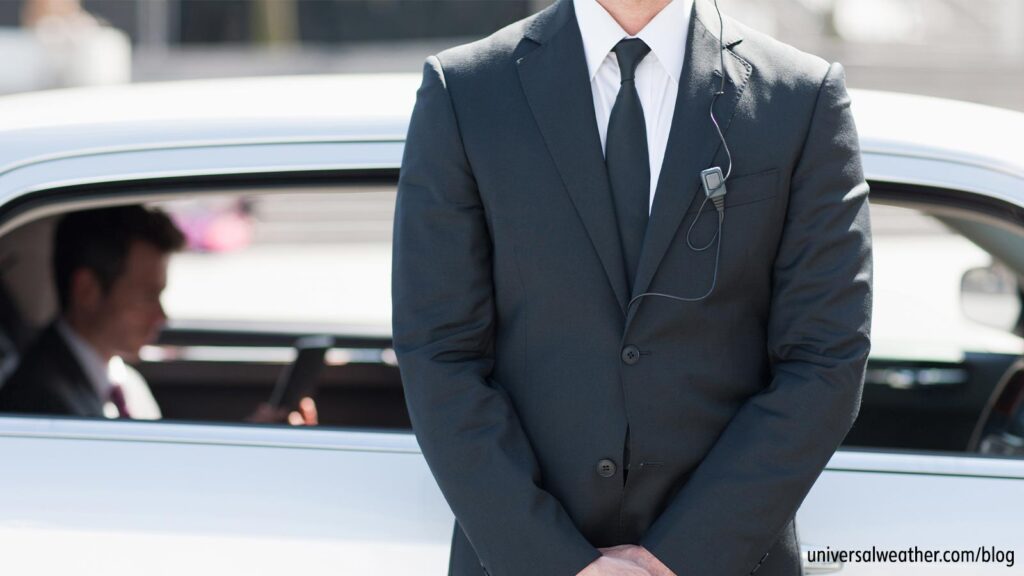Executive Security in Business Aviation: Part 2 – Security Specifics

This business aviation blog post continues from our article last week, entitled “Executive Security in Business Aviation: Part 1 – General Considerations.”
It’s always important to consider security risks at planned destinations and, when needed, to obtain advance intelligence briefs and organize executive protection services. Be sure to use trusted and well vetted security providers in order to mitigate security risks as much as effectively as possible.
The following is an overview of what you need to know:
1. Local requirements
Some countries, including China, are highly restrictive in terms of armed executive protection. Others mandate that you operate with minimum levels of executive protection. U.S. operators traveling to Iraq, for example, must have FAA Special Federal Aviation Regulation (SFAR) approval. A condition of obtaining this approval is that you have executive protection, for both the aircraft and crew, onboard when you land and for the duration of your stay in Iraq.
2. Cost considerations
Whenever you’re setting up executive protection it’s best to obtain a cost breakdown up front. This should include costs for security personnel as well as associated hotel, meal and transport costs. While there are no exact guidelines for these costs, executive protection personnel are usually billed out at a daily rate, although rates may be broken down to 12-hour shifts in some cases. Be aware that local executive protection costs can vary widely depending upon the security provider and /or events on the ground. In one recent case, an operator obtained two different executive protection quotes for the same location and time period over a three day stay on the ground and cost quotes varied by 8000 USD.
3. Executive protection personnel should blend in
While there are times when you’ll want your executive protection to stand out, it’s usually recommended that security personnel blend in with the passengers/crew they’re protecting. This way they don’t attract attention. If you’re traveling with female passengers or crew, consider hiring a female security agent at destination. Take the time to discuss all options and preferred procedures with your international executive protection provider.
4. Is your security provider properly insured and bonded?
Always ensure that your security provider has appropriate insurance coverage and that security personnel are properly bonded. It’s best to obtain a copy of these documents before finalizing executive protection arrangements at foreign locations. Particularly for U.S. operations it’s important to ensure that all security providers follow U.S. Foreign Corrupt Practices Act (FCPA) guidelines as well as applicable requirements for each country you visit. Some security providers are certified through IS-BAO.
5. Fine tune all details
When requesting executive protection for particular locations be sure to go over your agenda and planned schedule. This will allow your security provider to vet meeting locations at places like hotels, restaurants, etc., plan recommended and alternate routes for local transport and, in certain cases, do background checks on the people your passengers will meet at destination. Depending on your particular executive protection provider, and their connections, there are many security related details that can be checked and appropriately vetted prior to your arrival.
6. Additional Reading: Executive Security
Note: Links will be updated as articles are published.
- Part 1 – general considerations
- Part 2 – security specifics
- Part 3 – weapons considerations
Conclusion
Work with your international security provider, well prior to day of operation, to coordinate all required protection services. It’s best for passengers, crew and executive protection agents to be as low profile as possible. Security providers usually recommend having separate protection personnel for passengers and crew.
Questions?
If you have any questions about this article or would like assistance arranging your security need, contact me at traciecarwile@univ-wea.com.
Stay tuned for Part 3, which covers weapon specifics when making executive security arrangements.




